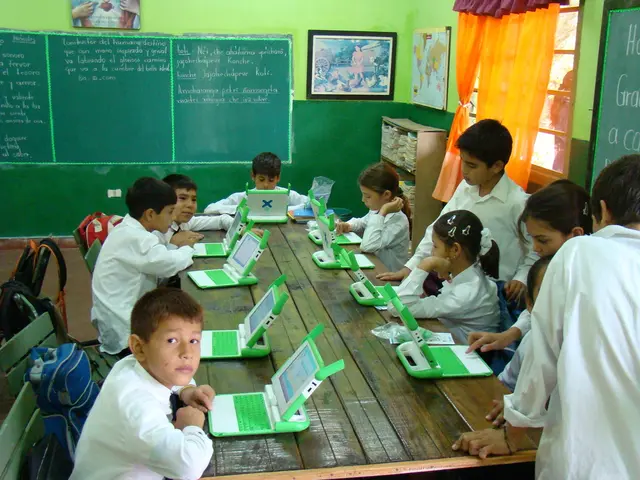Exploring Lunar Cycles for Children
=====================================================================
Learning about the different phases of the moon can be an exciting adventure for children. Here are three simple and engaging projects that make understanding lunar phases a fun and interactive experience.
Moon Phases Mobile
Create a mobile to visualise the moon phases by following these steps:
- On one paper plate, draw and label the eight main moon phases: New Moon, Waxing Crescent, First Quarter, Waxing Gibbous, Full Moon, Waning Gibbous, Last Quarter, and Waning Crescent.
- On the second paper plate, cut out a window or crescent shape that, when rotated over the first plate, reveals each phase one by one.
- Stack the two plates and align their centers, then secure them together with a brad.
- Punch a hole at the top, thread string through it, and hang to create a mobile.
This hands-on activity lets children visualise how sunlight illuminates the Moon differently during its orbit, helping them understand lunar phases.
Moon Phases Observation Journal
Encourage children to observe the Moon nightly over a month and draw the phases they see. This project involves minimal materials: paper, pencil, and optionally a diagram explaining moon phases to aid understanding.
Flashlight Demonstration
For a simple demonstration, use a flashlight to represent the Sun and a small ball (e.g., a tennis ball) to represent the Moon. In a dark room, show how the Moon’s phases are created by the Sun’s light hitting it at different angles relative to the Earth.
Materials and Options
| Project Type | Materials Needed | Learning Focus | |-----------------------|-----------------------------------------|------------------------------------------------| | Moon Phases Mobile | 2 paper plates, string, scissors, markers/paint, brad | Visualising moon phases, rotation concept | | Observation Journal | Paper, pencil, diagram of moon phases | Tracking lunar cycle, observation skills | | Flashlight Demo | Flashlight, small ball (e.g., tennis ball), dark room | Demonstrate sunlight reflection and phases |
These projects are suitable for kids and combine art, science, and observation to foster understanding of the Moon's appearance from Earth. They provide a fun and engaging way to learn about lunar phases.
- The Moon Phases Mobile, a hands-on activity, lets kids visualize and understand how sunlight illuminates the Moon differently during its orbit as they rotate a second plate over the first, each revealing the eight main moon phases.
- Engaging children in the Moon Phases Observation Journal project encourages them to observe and draw the phases of the Moon they see nightly over a month, developing their observation skills and tracking the lunar cycle.
- The Flashlight Demonstration is a simple yet effective way to demonstrate how the Moon’s phases are created by the Sun’s light hitting it at different angles relative to the Earth, using a flashlight to represent the Sun and a small ball (like a tennis ball) to depict the Moon in a dark room.
- Combining art, science, and observation, these projects - the Moon Phases Mobile, Observation Journal, and Flashlight Demonstration - are excellent for fostering kids' understanding of the Moon's appearance from Earth, making learning about lunar phases a fun and engaging experience.
- By participating in these projects focused on space-and-astronomy, kids can gain hands-on experience with scientific concepts and improve their education and self-development within the realm of STEM (science, technology, engineering, and mathematics).
- These projects serve as valuable learning tools, helping kids develop an appreciation and excitement for space and astronomy as they recognize the importance of these topics in education and self-development.
- As children engage in these Moon phases projects, they learn about various aspects of Earth's place in the universe while experiencing the joy and fun of learning through hands-on activities.




